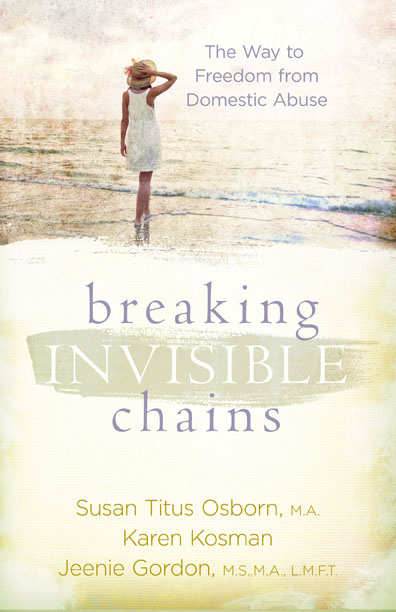As has been mentioned, the best way to move a story along is through dialogue. Here is an example of a devotional that is almost entirely dialogue. It is taken from my book, Rest Stops for Single Mothers.
The Fire
“Mom, I had to abandon my car,” my son’s voice sounded breathless on the other end of the telephone line. “Flames were jumping across the highway. Burning branches fell into the back of my convertible.”
“Are you OK?” I asked, concern filling my voice.
“Oh, Mom, I’m fine, but I’m worried about my car.”
“Tell me what happened. Maybe I can help,” I offered.
“I was on my way home from class, and I could see the fire burning out of control in the Santa Barbara hills, but it seemed far away. The freeway was blocked, so I took the old highway towards town. About half-way there, people on either side of the road had been told to evacuate their homes. Everyone was trying to leave. There was a huge traffic jam. Suddenly, flames jumped across the highway, and that’s when it happened.”
Rich was talking so fast that I didn’t understand everything. “That’s when what happened?” I asked.
“My clutch cable snapped, and I couldn’t shift gears. I pulled over to the side as far as I could and had to abandon my car.”
“What did you do then?”
“I called my girlfriend to come and get me. Mom, I can’t afford to lose my car. I don’t have comprehensive insurance on it, and I’ll have to drop out for a semester if I can’t get to school.”
I knew Rich was right. Rich’s finances for his college education were extremely tight. Without his car, he’d have to leave school and obtain a full time job to earn money for a new one. I saw no alternative.
“Let’s pray about it, Rich. God knows the situation.”
I rarely pray for material possessions, and I’ve never prayed for a car before, but this time I did. “Lord, You know Rich needs that beat-up Volvo convertible to get to his college classes. Please spare it in this fire. We pray that the fire will soon be contained.”
Three days later, I received another call from Rich. “Mom, they finally let me check on my car. I caught a ride back to where I left it. The fire burned to within a hundred feet, and it’s full of ashes, but it runs. It’s in the shop now getting a new clutch cable.”
God has taught us to pray specifically. In this case, He knew how important that car was to Rich’s education. He spared the car, and I learned an important lesson. When things look bleak, when money is tight, God is there, showing His presence in the smallest details of our lives.


